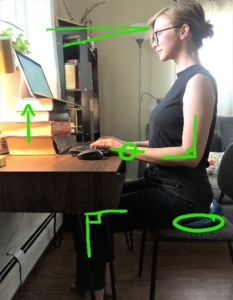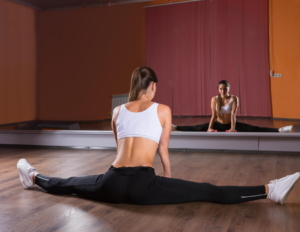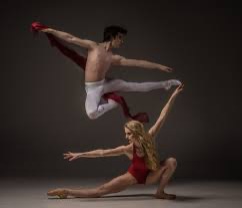“Eat less. Eat more. Cut carbs. Add fats. Take away fats. Crash diet. Water weight. Hydrate. Substituting. Try dark chocolate. Pile on the veggies!”
 Many of us have heard these words and phrases thrown around when it comes to nutrition. I don’t know about you guys, but all of the conflicting information found online can be really confusing to navigate. There are so many people advocating for fad diets and quick fix solutions on social media, but what do you try and what will really work for you in the long run? How do you find the right way to adjust your lifestyle to consistently maximize nutrition, lose weight, add muscle, sleep better, increase energy and performance, and just feel healthier?
Many of us have heard these words and phrases thrown around when it comes to nutrition. I don’t know about you guys, but all of the conflicting information found online can be really confusing to navigate. There are so many people advocating for fad diets and quick fix solutions on social media, but what do you try and what will really work for you in the long run? How do you find the right way to adjust your lifestyle to consistently maximize nutrition, lose weight, add muscle, sleep better, increase energy and performance, and just feel healthier?
Lets explore some of these topics by addressing what nutrition is and how to consistently get it.
Nutrition: What is it?
Take a second and think about what you know about healthy food choices. What comes to your mind regarding the word nutrition?
Did you picture broccoli and kale? Or apples and grapes? Or maybe memory came up about “healthy dieting”? You probably have a lot of knowledge about what is healthy and what is not. You know your body and what helps you have energy and what makes you feel slow. Or maybe you’ve even grown-up with parents expressing that fruits and vegetables are good, and that sugar and fried food are bad. Let’s keep expanding this idea by diving into the details of nutrition.
Nutrition is simply “the process of obtaining food that is necessary for health and growth.” It is the intake of food that nourishes your body and mind. This process can seem confusing if we don’t even know where to start or what food are good for your body.
Essential Foods for a Healthy Body
Here is a list of 6 food types that are essential to nourish your body and help keep you healthy. Explore these items the next time you are at the grocery store. Maybe even try adding in a few of these examples for a nutritious, balanced plate.
- Vegetables and fruits.

You guessed it. Veggies and fruits are super nutritious foods that contain a lot of natural vitamins
to help your body function, grow, and work to its best ability. There are 13 vitamins are considered essential nutrients that we can only get from eating food, and many of them are found specifically in veggies and fruits. These guys are also high in fiber, which helps keep your gut from getting blocked up and bloated. By incorporating fruits and veggies, you may reduce inflammation in your body, which could even decrease chronic pain levels!
A few good rules of thumb to keep in mind:

-
- Different colors of fruits and vegetables contain different vitamins. Try for a variety of colors to eat to get all 13 essential vitamins.
- Shoot for dark leafy greens and fruits that are colorful on the inside. They carry more than one vitamin.
- Work toward adding in 5 portions of fruits and veggies a day.
- Consider adding a multivitamin to your diet in the beginning as you are getting used to this new addition. (Consult with your primary care physician to find out if this is a good option for you).
- Healthy Fats.

Yeah, you need fats for body to work well. Your brain functions best with healthy fats because they
help with making your nerve pathways faster. Your body also needs them to absorb minerals and vitamins A, D, E and K (4 out of the 13 essential nutrient vitamins). Fats also make up a large portion of your cells and are important for new cell growth (for healthy skin and nails), blood clotting for when you have an injury, and they supply energy for sustained muscle movement.
Some ideas for healthy fats are “omega-3 and omega-6 fatty acids” found in chia seeds, nuts, fish, and olive oil. Try to limit unhealthy trans or hydrogenated fats like butter, processed peanut butter, fatty red meat (burgers and pork) and processed soft cheeses.

- Essential minerals.
These are nutrients you get from food like calcium, iron, phosphorus, potassium, sodium, and magnesium. Minerals are important to help your bones grow and allow for your brain to work fast and efficiently to form thoughts. They also help with muscle control, nerve action, and heart and organ health.
You can get these essential minerals by eating fish, a variety of dark vegetables and colorful fruits, beans, seeds, nuts, fish, and grains like rice and cereals.
- Proteins.

Proteins are wonderful nutrients for building muscle and for helping your hair, skin, nails
, and bones. They are made up of “essential amino acids” which are the building blocks of proteins. You need to get all of these amino acids for your body to grow muscles and to repair itself after work outs.
Animal meat contains all essential amino acids. Try for lean meat to control healthy fat intake. Examples of healthy meat include eggs, fish, chicken breast, and lean steak.
You can also get protein and essential amnio acids with eating a combination of plant sources like whole grains, nuts, legumes, and vegetables.
- Carbohydrates.

Yes! Carbohydrates are essential for proper nutrition! Good carbs supply your brain and body with momentum throughout the day. They are the nutrient that burns the fastest to supply you with energy, and they are especially important for fueling your working out and homework brain power. However, don’t go eating that donut quite yet. Carbohydrates that are also full of fiber and have high water content will supply you with immediate energy and also help you feel full longer.
Fruits are a great source of carbohydrates due to their sugar content. Many of them also have fiber which helps you feel satisfied and less hungry for longer bouts of time. Oats, quinoa, and whole grains are also great sources of carbohydrates that supply energy and keep you full.
- Water.

Last, but certainly not least, is water! Hydration is vital for a healthy body, after all, we are made up of roughly 60% water. Dehydration can lead to cramps, nausea, lightheadedness, fainting, and poor performance with athletic activities.
Daily recommendations is to drink half of your body weight in ounces. This means if you weigh 200 pounds, you need to drink 100 ounces of water every day. You can track this with easy and free apps on your phone like: Plant Nanny, My Water Balance, or Daily Water Tracker.
With athletic activity, shoot for drinking 15-20 ounces of water 1-2 hours before you start exercising. Make sure to stay hydrated while you exercise by drinking 8 ounces of water every 15 minutes (it helps with regulating your temperature during activity). Be sure to avoid carbohydrate drinks and large amounts of sugary fruit juice, because these can be counterproductive. At the end of working out, replenish all of the liquid you lost through sweat by drinking at least 8 to 10 ounces of water within 30 minutes after activity.
Check out our Back in Step PT Pinterest for some healthy recipe ideas by Dr. Alyssa Arms, DPT.
Consistency for Long Term Results
You now know all of this information about nutrition. You know what you “should” add into your daily meals. Now what?
The matter of fact is that consistency is difficult to achieve, especially when forming new dietary habits. It also looks different for everyone. What worked for your friend or family member may not work for you. So let’s take a deeper dive into your individual life and explore some factors to help you get started with consistency when it comes to getting proper nutrition.
First off, I would like to take a moment and thank you for showing up for yourself. If you are on this page, it means you are putting your health and nutrition first. It means there is a part of you that may be willing to make a step toward change.
Thoughts to Consider
I want to encourage you to take a moment to reflect on your relationship with food and nutrition and write down your thoughts to these questions:
- What is your goal for your health related to nutrition?
- Do you have any concerns about accomplishing your goal?
- Which concern is the most important and why?
- What do you want to change?
- How do you specifically want your eating habits to be different?
- What has worked for you in the past?
- What has not worked and what did you learn?
- Has there been anything to block you from your goal in the past?
- Why is it important to make a change now?
- How are you ready, willing, and able to change your nutrition habits?
After thinking through these questions, take this moment to come up with one thing than you can add into your daily routine to help you with nutrition. Actually take time right now to think through this.

Choose One Thing
What is that one thing you can do that you are already sort of good at doing anyways? Start small. What is realistic with your work schedule, life responsibilities, and finances? Is it something you can do everyday for 2 weeks in a row? Can you start today?
Here are some examples to consider:
-
- Do you classify yourself as a “picky eater”? No worries! Just start with adding more water and taking multivitamin everyday.
- Maybe you have some of the nutrients we talked about in your diet already, but eat irregularly and only when you feel like it. Or maybe you eat when you’re sad, bored, or have something on your mind. Try adding a food log. Journal your food and water intake throughout the day to draw attention to when you eat and what you are eating. Start small with just gaining awareness.
- What if you are good at making a consistent breakfast of eggs and toast. Can you add in a big glass of water and a fruit? Try to make one meal a day consistent with nutrients over the next two weeks.
- Maybe try adding in one new fruit and one new vegetable this week. Google an interesting way to prepare the new food item and give it a shot!
- What if you don’t have time to cook? That’s fine. Consider investing in a slow cooker Crock Pot to make your meal in the morning so that it is ready at the end of the day. Or maybe sign up for a meal delivery kit that has the ingredients and recipes picked out for you already.
- Maybe you are a “snacker” (I know I am). Something that has helped me is prepping fruits, veggies, and healthy granola bars to have in my backpack so that I avoid the temptation of fast-food.
Small Habits for Big Results
The key to making a long-term change in nutritional habit is to build up little skills that are related to your goal. By starting with something small and easily doable with your life routine, you can make changes to implement the big goal for the long run.
Remember that there is no failure, only feedback. If your one habit is not consistently working for you, change it up! Focus on a habit to reflect your strengths of what you are already doing well. See if your friend or family member would be willing to check in with you every week to keep you accountable to your habit. If you choose to start with logging your daily food choices or energy levels, you can track your progress overtime as you slowly implement a new habit every 2 weeks to work toward your goal. Be sure to celebrate your successes as you go 😊
So, where do you see yourself going from here?
Next Steps
Thank you for taking this information and self-assessment journey toward improving your nutritional habits. We talked about the essential nutrients of vitamins, minerals, fats, proteins, carbohydrates, and water. We’ve given you some food examples to try and a plan for starting your consistency of nutritional habits. Chose one thing to work on over the next two weeks to approach your healthy food goal.
You are strong, capable, and have just taken the first step toward your goal by reading this today.
If you have any questions, or would like to talk with somebody about a more individualized plan toward health, fitness, nutrition, or physical activity, Back in Step Physical Therapy is here for you! Please contact Back in Step PT to schedule an online or in-person consultation today. Make sure to check out our other blogs and follow us on Instagram and for additional tips and tricks from Dr. Alyssa Arms, DPT.
Guest Blog by Haley Tirado, SPT
Haley Tirado is a second year Student Physical Therapist who attends the University of Colorado Anschutz Medical Campus. She completed a work study focused on physical therapy reasearch with the medically complex and total joint replacement patient populations. Haley currently works as an intern for Back in Step Physical Therapy.
Resources
World Health Organization
Nutrition and Physical Therapy: A Powerful Combination
Precision Nutrition- Nutrition Coaching Course
How to do Motivational Interviewing: A guidebook
Healthline
MayoClinic
Medical News Today
Merriam-Webster Dictionary






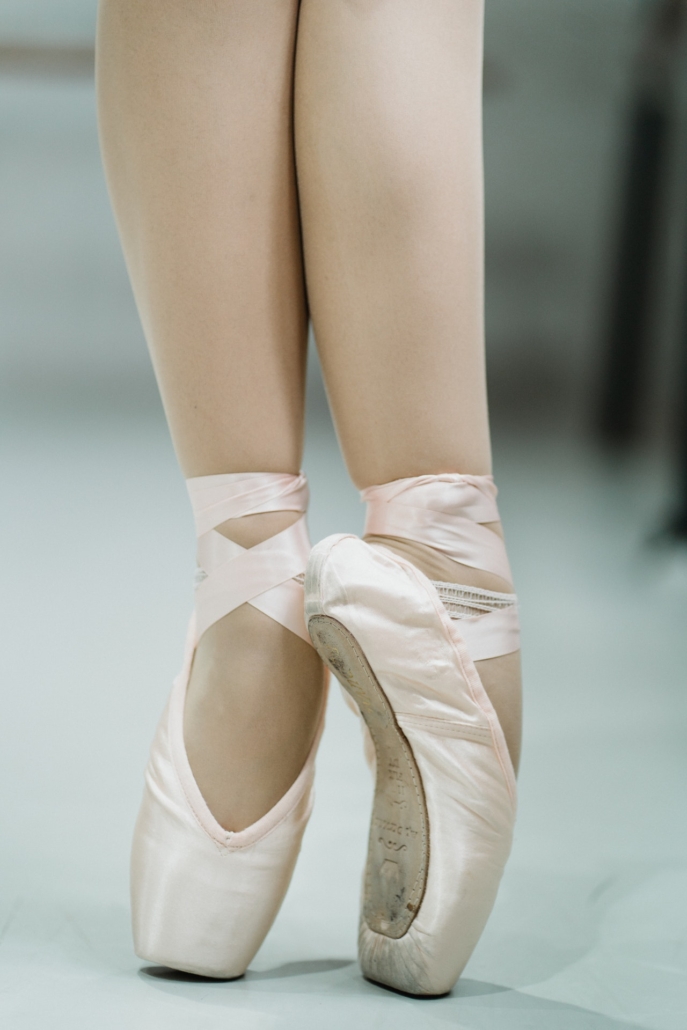 It seems like one of the biggest things for young dancers growing up is the dream of dancing en pointe. And why not?! You get to have the beautiful shoes, the gorgeous tutus, and the chance to develop a whole new set of skills.
It seems like one of the biggest things for young dancers growing up is the dream of dancing en pointe. And why not?! You get to have the beautiful shoes, the gorgeous tutus, and the chance to develop a whole new set of skills.
 An interesting fact: working on demi-pointe puts up to 4 times your body weight through your foot. Once you’re working on full pointe, it can put up to 12 times your body weight through your foot! That is yet another reason why it’s crucial that dancers are truly ready for pointe and not starting too early.
An interesting fact: working on demi-pointe puts up to 4 times your body weight through your foot. Once you’re working on full pointe, it can put up to 12 times your body weight through your foot! That is yet another reason why it’s crucial that dancers are truly ready for pointe and not starting too early.
 Many of us have heard these words and phrases thrown around when it comes to nutrition. I don’t know about you guys, but all of the conflicting information found online can be really confusing to navigate. There are so many people advocating for fad diets and quick fix solutions on social media, but what do you try and what will really work for you in the long run? How do you find the right way to adjust your lifestyle to consistently maximize nutrition, lose weight, add muscle, sleep better, increase energy and performance, and just feel healthier?
Many of us have heard these words and phrases thrown around when it comes to nutrition. I don’t know about you guys, but all of the conflicting information found online can be really confusing to navigate. There are so many people advocating for fad diets and quick fix solutions on social media, but what do you try and what will really work for you in the long run? How do you find the right way to adjust your lifestyle to consistently maximize nutrition, lose weight, add muscle, sleep better, increase energy and performance, and just feel healthier?








 Welcome back to our blog series focused on healthy ways for working from home! We’ve explored many topics together so far, from posture and desk set up, to rejuvenating break ideas for the body and mind. Feel free to check out blog
Welcome back to our blog series focused on healthy ways for working from home! We’ve explored many topics together so far, from posture and desk set up, to rejuvenating break ideas for the body and mind. Feel free to check out blog

 Cardiovascular fitness is the strengthening of your heart to improve blood flow to your muscles. If your heart is pumping blood efficiently, the muscles that hold your body upright while sitting will get enough oxygen and may not get tired as easily while you work from home. The workday may feel less fatiguing when your brain is getting enough nutrients from a healthy beating heart. Great blood flow also helps your working muscles to fight against exhaustion while exercising!
Cardiovascular fitness is the strengthening of your heart to improve blood flow to your muscles. If your heart is pumping blood efficiently, the muscles that hold your body upright while sitting will get enough oxygen and may not get tired as easily while you work from home. The workday may feel less fatiguing when your brain is getting enough nutrients from a healthy beating heart. Great blood flow also helps your working muscles to fight against exhaustion while exercising! Dancers are very aware of their bodies! They absolutely need this awareness for a routine either in class, rehearsal, or on stage. However, dancers tend to ignore their injuries due to the very real fear of not being able to keep doing what they love. Dancers should use their “hyperawareness of their bodies” superpower for good to ultimately prevent future, harmful dance injuries! How are they able to do this?
Dancers are very aware of their bodies! They absolutely need this awareness for a routine either in class, rehearsal, or on stage. However, dancers tend to ignore their injuries due to the very real fear of not being able to keep doing what they love. Dancers should use their “hyperawareness of their bodies” superpower for good to ultimately prevent future, harmful dance injuries! How are they able to do this?

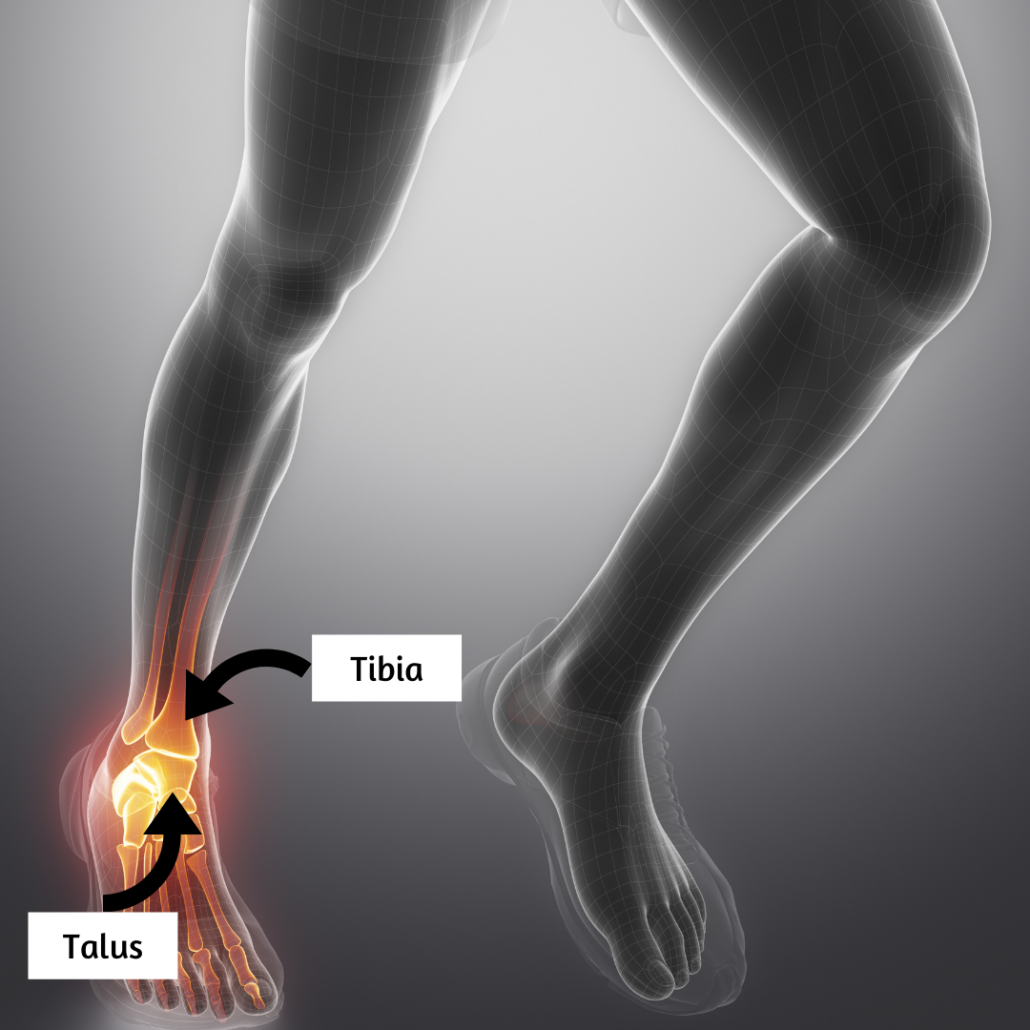

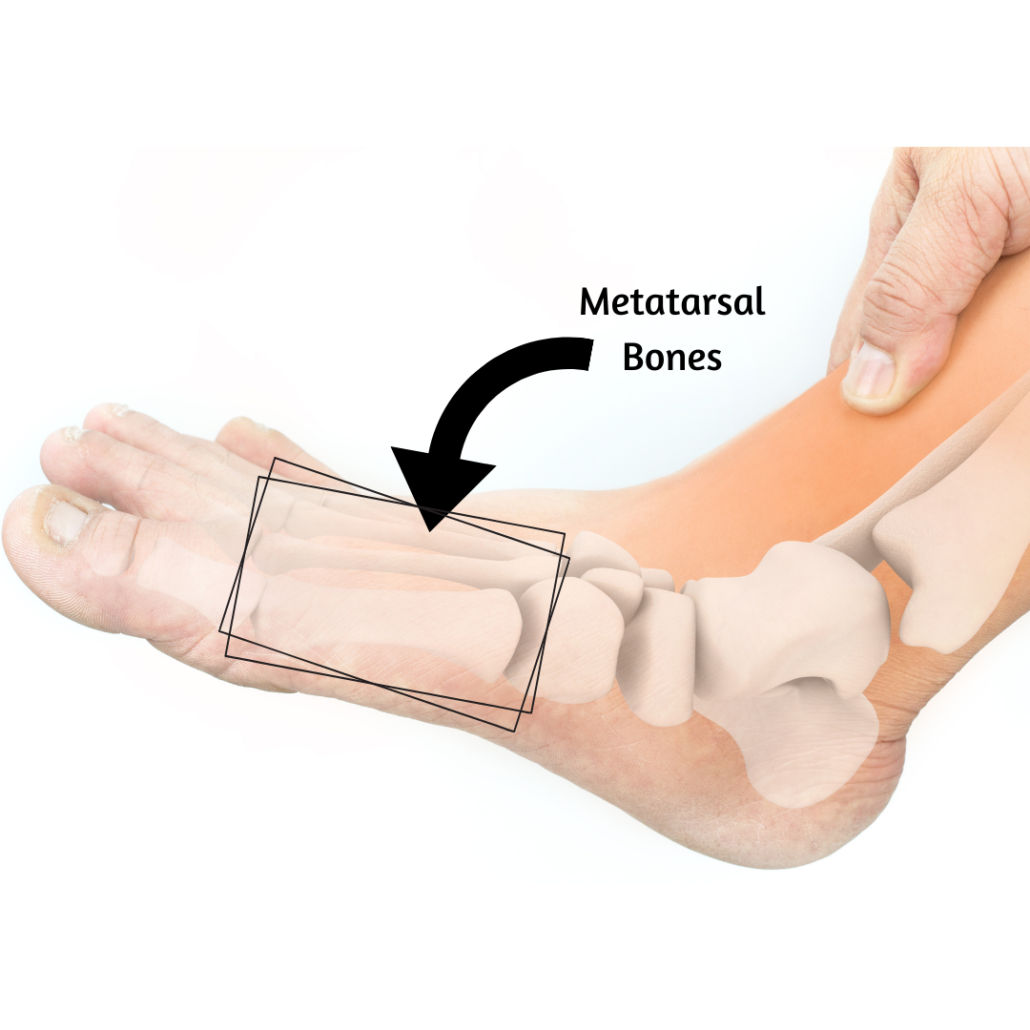

 So, why take breaks? Studies show that sustained sitting can actually cause increased levels of pain, fatigue, and muscle stiffness in your back.1,2,3 Though the thought of taking breaks to move and change positions seems simple, it can be difficult to do without an environmental cue to remind you. Naturally occurring breaks could have looked like visiting a friend at a different desk, walking further to the restrooms, or maybe grabbing a cup of coffee on your way to fax a document. Now that you are working from home, start thinking of some ideas to incorporate these natural actions into your day. A great trick is to adapt your environment and add in some tasks that require you to get moving!
So, why take breaks? Studies show that sustained sitting can actually cause increased levels of pain, fatigue, and muscle stiffness in your back.1,2,3 Though the thought of taking breaks to move and change positions seems simple, it can be difficult to do without an environmental cue to remind you. Naturally occurring breaks could have looked like visiting a friend at a different desk, walking further to the restrooms, or maybe grabbing a cup of coffee on your way to fax a document. Now that you are working from home, start thinking of some ideas to incorporate these natural actions into your day. A great trick is to adapt your environment and add in some tasks that require you to get moving! They found that 8 minutes of muscle rolling with a ball or bar was effective at improving symptoms in the back. This is because a slumped posture can cause muscle pain by increasing tone (contraction state) of muscles.2 The stiffness is caused by the tissue itself due to micro trauma of the stretched-out ligaments, disks, and capsules combined with muscle spasms that restrict blood flow.2 The muscle roller helps by breaking up the connections between stiff muscle cells, allowing for increased temperature to bring blood flow back into the spastic muscle. This technique can be used as one of your short active breaks to decrease muscle stiffness and promote relaxation!
They found that 8 minutes of muscle rolling with a ball or bar was effective at improving symptoms in the back. This is because a slumped posture can cause muscle pain by increasing tone (contraction state) of muscles.2 The stiffness is caused by the tissue itself due to micro trauma of the stretched-out ligaments, disks, and capsules combined with muscle spasms that restrict blood flow.2 The muscle roller helps by breaking up the connections between stiff muscle cells, allowing for increased temperature to bring blood flow back into the spastic muscle. This technique can be used as one of your short active breaks to decrease muscle stiffness and promote relaxation!





